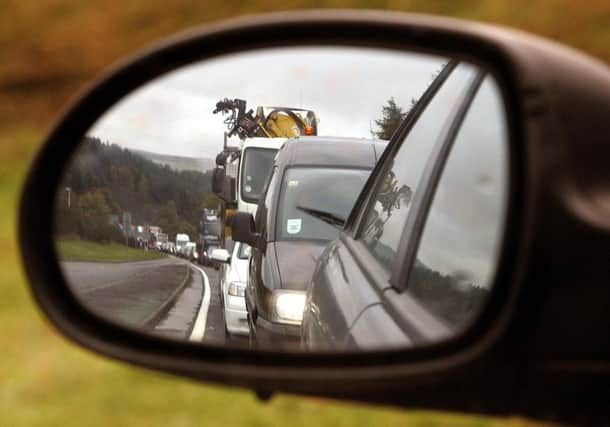Alastair Dalton: The much-moaned at A9 isn’t that bad


But in the last year, there appears to have been an improvement – at least to the pleasantness of the journey – following the introduction of average speed cameras.
From my limited experience of driving the road over the last few weeks, the cameras have achieved their intended effect of calming traffic and moderating some of the unsettlingly extreme past behaviour of some motorists. I witnessed far less impatient tailgating and dangerous overtaking than in the past.
Advertisement
Hide AdAdvertisement
Hide AdYes, trips may now take a little longer, perhaps partly because some drivers see the 50mph lorry speed limit signs and think these apply to them too. There are no 60mph limit signs for cars – just the black and white national speed limit symbols.
Unsurprisingly, the anti-camera campaign appears to have largely run out of steam. After all, average speed cameras have been a common sight at roadworks for years and have been operating over some 30 miles of the A77 in Ayrshire since 2005 without any discernible protest.
For those wanting to get between Inverness and the south faster, that is on the horizon, with ministers pledged to spend £3 billion to complete the dual carriageway to Perth within a decade.
Sceptics have yet to see how the Scottish Government can afford that vast level of spending, or be convinced it is feasible to widen 80 miles of road in ten years, when only a few miles have been built since the SNP came to power eight years ago.
The dualling programme starts in earnest within months, with construction getting underway on a five-mile stretch between Kincraig and Dalraddy, south of Aviemore, in “late summer”, according to the Scottish Government’s Transport Scotland agency, which is in charge of the project.
That is likely to mark the start of continuous traffic disruption until 2025, with the average speed cameras expected to be used to enforce speed limits of 40mph or lower through the roadworks. Motoring groups have said work will have to take place at more than one of the 12 sections of the dualling project to get it done on time.
That’s a lot of potential motoring pain ahead, so it may well be a case of enjoying the present state of the A9 while you can.